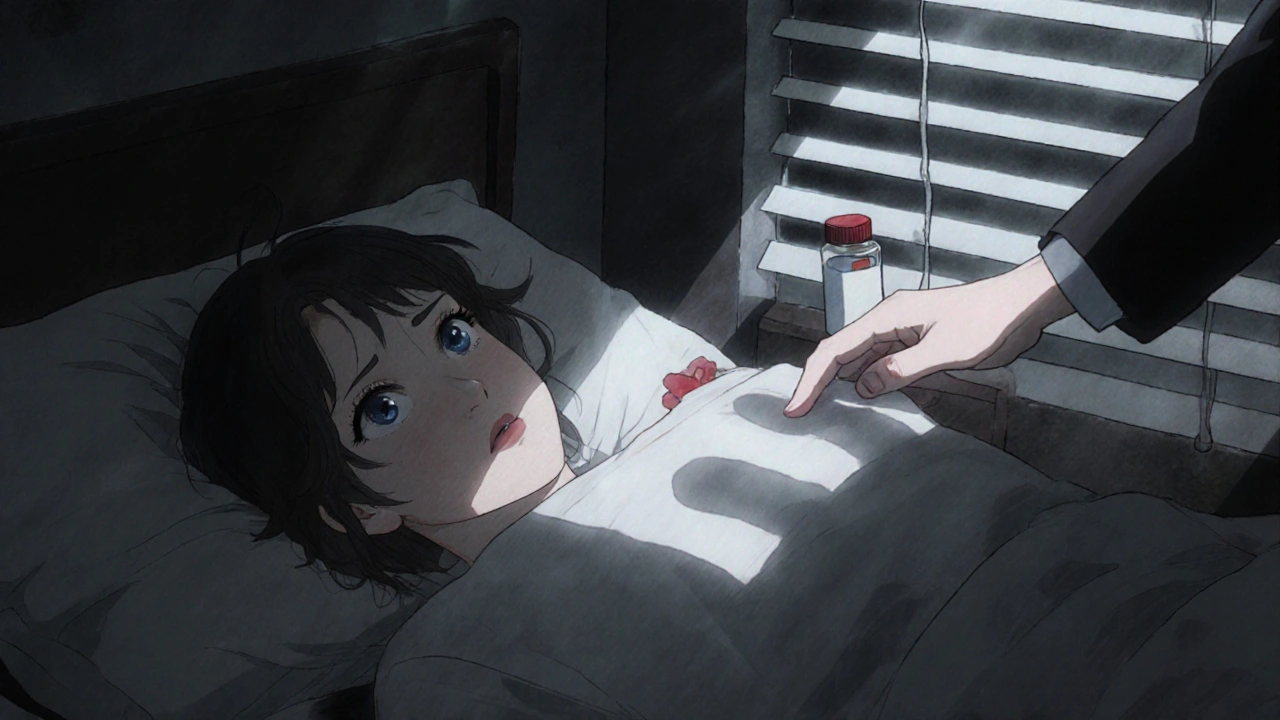Z-drug overdose: Risks, Signs, and How to Stay Safe
When someone takes too much of a Z-drug, a class of prescription sleep medications including zolpidem, zaleplon, and eszopiclone, used to treat insomnia. Also known as non-benzodiazepine hypnotics, these drugs work on the same brain receptors as benzodiazepines but are often mistakenly seen as safer. That’s a dangerous myth. A Z-drug overdose isn’t just about sleeping too long—it can shut down breathing, cause coma, or even kill, especially when mixed with alcohol or other depressants.
Most overdoses happen by accident. Someone takes an extra pill because they didn’t fall asleep fast enough. Or they combine it with painkillers, anti-anxiety meds, or alcohol—something their doctor never warned them about. Older adults are at higher risk because their bodies process these drugs slower. People with depression or a history of substance use are also more likely to take too much, either intentionally or by mistake. The zolpidem overdose, the most common type of Z-drug overdose, often linked to confusion, extreme drowsiness, and slowed breathing is reported more than any other. eszopiclone overdose, can cause similar effects but tends to last longer, increasing the chance of respiratory failure. And zaleplon overdose, though shorter-acting, still carries serious risk when taken in large doses or with other CNS depressants.
Signs you or someone else has overdosed include: unresponsiveness, slow or shallow breathing, cold/clammy skin, blue lips or fingernails, extreme dizziness, or passing out. If this happens, call emergency services right away. Don’t wait. Don’t try to wake them with coffee or cold showers. These drugs suppress the central nervous system—and time is critical. Emergency teams use flumazenil in some cases, but it’s not always safe or effective, especially if other drugs are involved. Supportive care—like oxygen, IV fluids, and breathing support—is often the only reliable treatment.
Prevention is simpler than you think. Store your Z-drugs in a locked box, out of reach of kids and others. Never take more than prescribed. Don’t mix them with alcohol, opioids, or anti-anxiety pills. If you’re still awake an hour after taking it, don’t take another. Talk to your doctor if you’re relying on these pills too often—they’re meant for short-term use. And if you’ve ever thought about taking too many on purpose, get help. You’re not alone, and there are safer ways to cope.
The posts below give you real, practical tools to avoid this kind of crisis. You’ll find guides on how to store high-risk meds safely, how to read labels correctly, what to do if you miss a dose, and how to recognize when a sleep aid is doing more harm than good. These aren’t theory pieces—they’re steps you can take today to protect yourself or someone you care about.

How to Recognize Overdose from Sedatives and Sleep Medications
Nov, 14 2025
